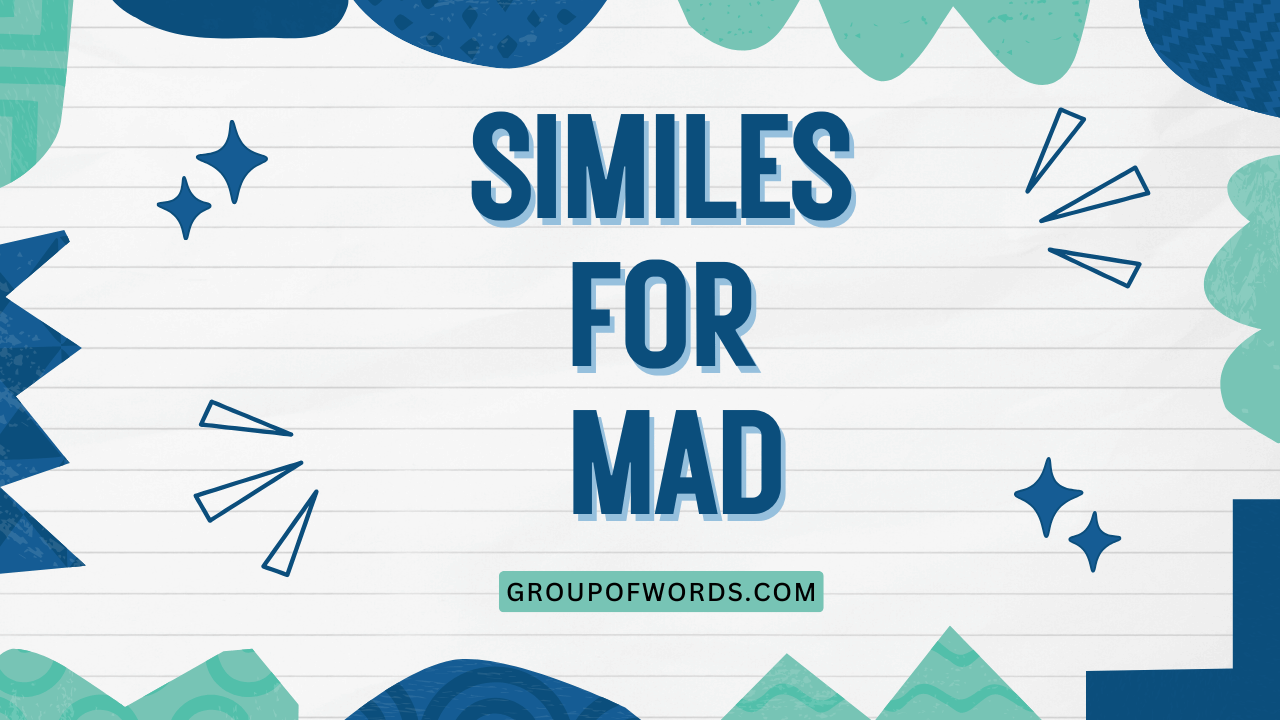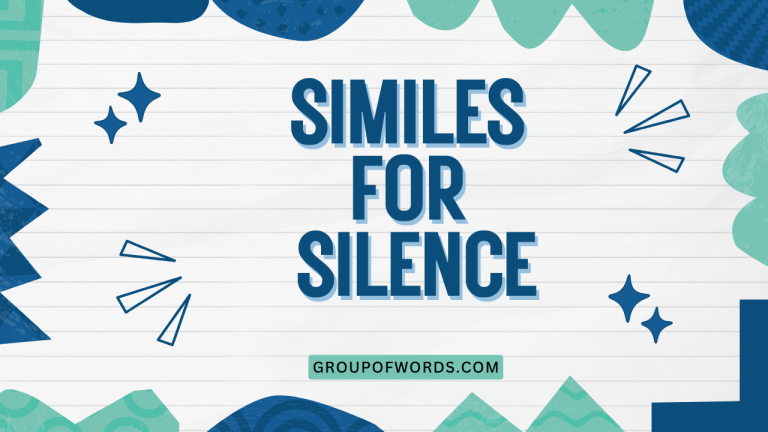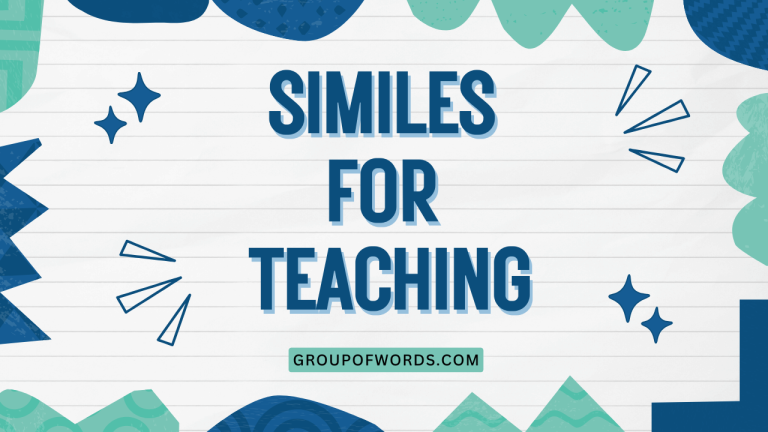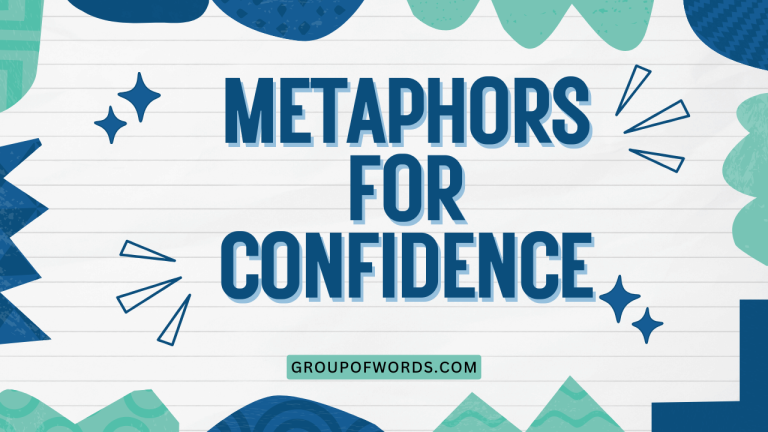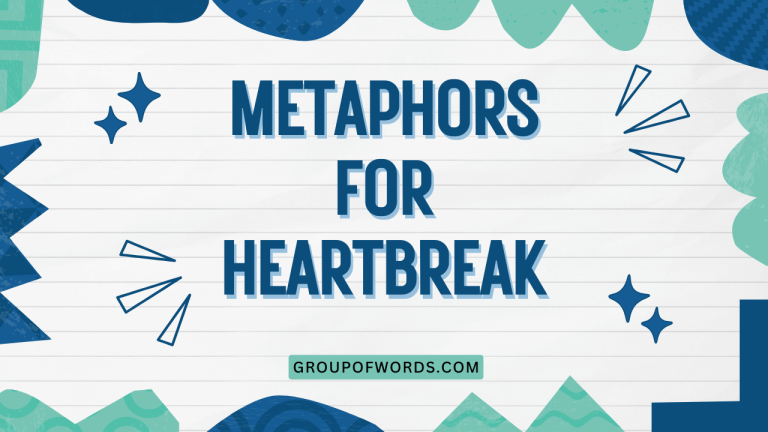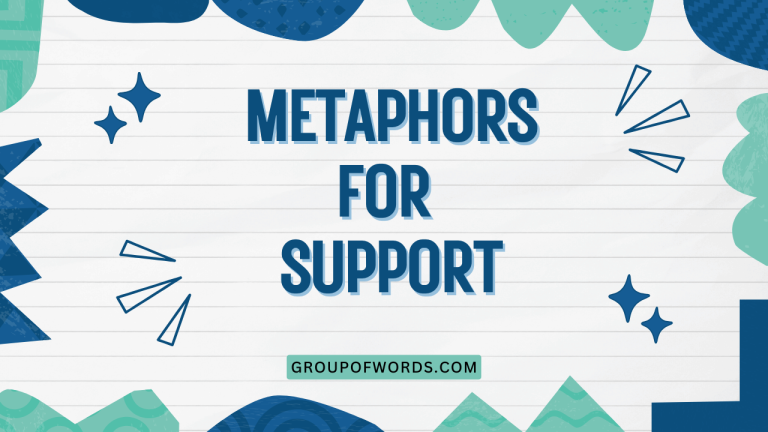Similes for Mad: A Comprehensive Guide to Expressing Anger
Understanding and using similes effectively enhances your descriptive writing and communication skills. Similes, especially those describing anger or madness, add vividness and emotional depth to your language.
This article explores a wide range of similes for “mad,” providing definitions, examples, and practical exercises. Whether you’re a student aiming to improve your writing or a professional seeking to refine your communication, this guide offers valuable insights into the art of using similes to express anger with precision and creativity.
By mastering these techniques, you’ll be able to craft more compelling narratives and express your thoughts with greater impact. This article breaks down the complexities of similes into manageable sections, complete with numerous examples and interactive practice exercises, ensuring a thorough and engaging learning experience.
Let’s dive into the world of similes for “mad” and unlock the power of expressive language!
Table of Contents
- Definition of Simile
- Structural Breakdown of Similes
- Types of Similes for Mad
- Examples of Similes for Mad
- Usage Rules for Similes
- Common Mistakes When Using Similes
- Practice Exercises
- Advanced Topics in Similes
- Frequently Asked Questions
- Conclusion
Definition of Simile
A simile is a figure of speech that directly compares two different things using the words “like” or “as.” It is a powerful tool for enhancing descriptions and conveying emotions by drawing parallels between seemingly unrelated objects or concepts. Similes help create vivid images in the reader’s mind, making writing more engaging and memorable.
In the context of expressing anger, similes can effectively communicate the intensity and nature of the emotion. For example, saying someone is “as mad as a hornet” immediately conveys a sense of intense, stinging anger.
Understanding how similes work is essential for using them effectively in both writing and speech.
Structural Breakdown of Similes
The basic structure of a simile consists of three key components: the subject, the linking word (either “like” or “as”), and the object of comparison. The subject is the thing being described, and the object of comparison is what it is being compared to. The linking word establishes the connection between the two.
For instance, in the simile “He was as angry as a wounded bear,” “He” is the subject, “as” is the linking word, and “a wounded bear” is the object of comparison. This structure allows for a clear and concise comparison that effectively conveys the intended meaning.
Recognizing this structure helps in both creating and interpreting similes.
Linking Words: “Like” and “As”
The choice between “like” and “as” as the linking word often depends on the specific context and the desired emphasis. “As” is typically used when making a direct comparison of qualities, while “like” is often used to indicate a resemblance or similarity.
For instance, “He was as red as a tomato” emphasizes the similarity in color, whereas “He acted like a madman” suggests that his behavior resembled that of a madman. Understanding this subtle difference can help you choose the most appropriate linking word for your simile.
Types of Similes for Mad
Similes for “mad” can be categorized based on the intensity and nature of the anger they convey. Some similes suggest a sudden, explosive rage, while others imply a simmering, controlled anger.
Understanding these nuances allows for a more precise and impactful use of similes.
Similes for Explosive Anger
These similes describe a sudden and intense outburst of anger. They often involve images of explosions, storms, or other powerful forces.
Similes for Simmering Anger
These similes depict a slow-burning, controlled anger that is just below the surface. They often involve images of pressure cookers, volcanoes, or other things that build up tension gradually.
Similes for Irrational Anger
These similes describe anger that is illogical or disproportionate to the situation. They often involve images of madness, insanity, or other forms of mental instability.
Examples of Similes for Mad
The following tables provide a wide range of similes for “mad,” categorized by the type of anger they convey. Each example is designed to illustrate the different ways in which similes can be used to express anger effectively.
Examples of Similes for Explosive Anger
This table showcases similes that illustrate sudden, intense bursts of anger. These often involve imagery of things exploding or breaking apart.
| Simile | Explanation |
|---|---|
| As mad as a hornet | Conveys intense, stinging anger. |
| As angry as a bull in a china shop | Suggests uncontrolled rage and destructiveness. |
| As furious as a storm | Implies a violent and overwhelming anger. |
| As enraged as a cornered animal | Depicts a desperate and fierce anger. |
| Like a volcano about to erupt | Suggests a buildup of anger ready to explode. |
| As volatile as nitroglycerin | Implies a highly unstable and explosive anger. |
| As livid as a thundercloud | Conveys a dark and ominous anger. |
| As ballistic as a missile | Suggests an unstoppable and destructive anger. |
| As fiery as a dragon | Implies a fierce and consuming anger. |
| As explosive as dynamite | Conveys a sudden and powerful burst of anger. |
| As wrathful as a god | Suggests a powerful and righteous anger. |
| As indignant as a wrongly accused person | Implies anger fueled by injustice. |
| As bitter as gall | Conveys a deeply resentful and acrimonious anger. |
| As tempestuous as the sea | Suggests a wild and uncontrolled anger. |
| As agitated as a shaken soda | Implies a bubbling and restless anger. |
| As resentful as a betrayed friend | Conveys a deep-seated and personal anger. |
| As incensed as a swarm of bees | Suggests a collective and aggressive anger. |
| As apoplectic as a Victorian gentleman | Implies a sudden and overwhelming anger. |
| As irate as a customer with bad service | Conveys a justified and frustrated anger. |
| As passionate as a lover scorned | Suggests an intense and deeply felt anger. |
| As furious as a betrayed spouse | Implies a rage stemming from deep emotional hurt. |
| As turbulent as a hurricane | Conveys a chaotic and destructive anger. |
| As berserk as a Viking warrior | Suggests a frenzied and uncontrolled anger. |
| As outraged as a citizen against corruption | Implies a moral and indignant anger. |
| As fierce as a lioness protecting her cubs | Conveys a protective and unwavering anger. |
| As vehement as a political debate | Suggests a strong and passionate anger. |
| As seething as a cauldron | Implies a bubbling and intense anger. |
| As choleric as an old man | Conveys a grumpy and easily provoked anger. |
Examples of Similes for Simmering Anger
This table provides similes that illustrate a slow-burning, controlled anger. These often involve images of things slowly heating up or building pressure.
| Simile | Explanation |
|---|---|
| Like a pressure cooker about to burst | Suggests a buildup of anger ready to explode. |
| As tense as a coiled spring | Implies a suppressed and ready-to-release anger. |
| As smoldering as embers | Conveys a hidden but persistent anger. |
| As brooding as a dark cloud | Suggests a looming and ominous anger. |
| Like a volcano dormant but not dead | Implies a potential for future eruption. |
| As restrained as a caged animal | Conveys a suppressed and frustrated anger. |
| As seething as a pot on low heat | Suggests a slow and simmering anger. |
| As tightly wound as a clock spring | Implies a controlled but intense anger. |
| As pent-up as a dammed river | Conveys a suppressed and powerful anger. |
| Like a fuse slowly burning down | Suggests an inevitable explosion of anger. |
| As bitter as unsweetened chocolate | Implies a lingering and unpleasant anger. |
| As cold as a stone | Conveys a detached and unforgiving anger. |
| As passive-aggressive as a cat | Suggests a subtle and manipulative anger. |
| As grudging as a miser | Implies a resentful and unwilling anger. |
| As resentful as an underappreciated employee | Conveys a suppressed and justified anger. |
| As cynical as a jaded reporter | Suggests a disillusioned and bitter anger. |
| As stoic as a soldier | Implies a controlled and unwavering anger. |
| As suspicious as a detective | Conveys a distrustful and guarded anger. |
| As wary as a deer in the woods | Suggests a cautious and defensive anger. |
| As vigilant as a security guard | Implies an alert and watchful anger. |
| As controlled as a martial artist | Conveys a disciplined and focused anger. |
| As calculating as a chess player | Suggests a strategic and deliberate anger. |
| As simmering as a feud | Implies a long-lasting and unresolved anger. |
| As brooding as a gothic novel | Conveys a dark and melancholic anger. |
| As repressed as a Victorian secret | Suggests a hidden and unspoken anger. |
| As guarded as a fortress | Implies a protected and defended anger. |
| As reserved as an English butler | Conveys a polite but firm anger. |
| As restrained as a judge in court | Suggests a controlled and impartial anger. |
Examples of Similes for Irrational Anger
This table provides similes that illustrate illogical or disproportionate anger, often associated with madness or mental instability.
| Simile | Explanation |
|---|---|
| As mad as a hatter | Conveys a sense of eccentricity and irrationality. |
| As crazy as a loon | Suggests a wild and unpredictable anger. |
| As deranged as a mad scientist | Implies a chaotic and obsessive anger. |
| As unhinged as a broken door | Conveys a sense of instability and unpredictability. |
| As irrational as a nightmare | Suggests an illogical and frightening anger. |
| As frantic as a cornered rat | Implies a desperate and irrational anger. |
| Like a puppet with cut strings | Conveys a sense of being out of control. |
| As nonsensical as a riddle | Suggests an illogical and confusing anger. |
| As bewildered as a lost child | Implies a confused and disoriented anger. |
| As disoriented as a drunkard | Conveys a loss of control and rationality. |
| As manic as a rollercoaster | Suggests a wild and unpredictable emotional state. |
| As delusional as a conspiracy theorist | Implies an anger based on false beliefs. |
| As erratic as a broken compass | Conveys a lack of direction and control. |
| As unpredictable as a dice roll | Suggests a random and uncontrollable anger. |
| As volatile as a house of cards | Implies a fragile and easily triggered anger. |
| As schizophrenic as a broken mirror | Conveys a fragmented and distorted anger. |
| As obsessive as a perfectionist | Suggests an anger driven by unrealistic standards. |
| As paranoid as a spy | Implies a distrustful and suspicious anger. |
| As hysteric as a soap opera character | Conveys a dramatic and exaggerated anger. |
| As possessed as a demoniac | Suggests an uncontrollable and evil anger. |
| As fanatical as a zealot | Implies an extreme and unwavering anger. |
| As possessed as a character in a horror movie | Conveys an overwhelming and terrifying anger. |
| As unglued as a poorly made craft | Suggests a falling-apart and unstable anger. |
| As deranged as a villain in a comic book | Implies a wildly irrational and exaggerated anger. |
| As out of touch as a hermit | Conveys an anger disconnected from reality. |
Usage Rules for Similes
While similes are a creative tool, there are certain rules to follow to ensure they are used effectively and appropriately. These rules focus on clarity, relevance, and originality.
Clarity and Relevance
A good simile should be clear and easy to understand. The comparison should be relevant and make sense in the context.
Avoid using obscure or overly complex comparisons that may confuse the reader.
For example, instead of saying “He was as mad as a quark in a quantum field,” which might be confusing to many, say “He was as mad as a hornet,” which is a more universally understood comparison.
Originality and Freshness
While some common similes are effective, try to create original comparisons that add a fresh perspective to your writing. Overused similes can become clichés and lose their impact.
Instead of always saying “as angry as a bull,” consider a more creative simile like “as furious as a swarm of bees whose hive has been disturbed.” This adds a unique and vivid image to your writing.
Contextual Appropriateness
Ensure that the simile is appropriate for the tone and style of your writing. A humorous simile might be out of place in a serious or formal context.
For instance, in a formal report, avoid using a simile like “He was as mad as a wet hen.” Instead, opt for a more measured comparison such as “He was as indignant as a wrongly accused person.”
Common Mistakes When Using Similes
Even experienced writers can make mistakes when using similes. Recognizing these common errors can help you avoid them and improve your writing.
Using Cliches
One of the most common mistakes is using clichéd similes that have lost their impact through overuse. Examples include “as blind as a bat” or “as busy as a bee.”
Incorrect: He was as mad as hell.
Correct: He was as furious as a storm raging at sea.
Inaccurate Comparisons
Another mistake is making comparisons that are not accurate or logical. The simile should make sense and effectively convey the intended meaning.
Incorrect: He was as mad as a calm lake.
Correct: He was as mad as a volcano about to erupt.
Overly Complex Similes
Avoid using similes that are too complex or obscure. The comparison should be easy to understand and relate to.
Incorrect: He was as mad as a fractal in hyperspace.
Correct: He was as enraged as a cornered animal.
Practice Exercises
Test your understanding of similes with these practice exercises. Each exercise focuses on different aspects of using similes effectively.
Exercise 1: Identifying Similes
Identify the similes in the following sentences.
| Question | Answer |
|---|---|
| 1. She was as quiet as a mouse. | As quiet as a mouse |
| 2. The news hit him like a ton of bricks. | Like a ton of bricks |
| 3. He ran fast. | (No simile) |
| 4. The child slept like a log. | Like a log |
| 5. The old house stood silently watching. | (No simile) |
| 6. The detective was as sharp as a tack. | As sharp as a tack |
| 7. The politician spoke eloquently. | (No simile) |
| 8. The argument escalated like a wildfire. | Like a wildfire |
| 9. The artist painted beautifully. | (No simile) |
| 10. Her smile was as bright as the sun. | As bright as the sun |
Exercise 2: Completing Similes
Complete the following similes with appropriate endings.
| Question | Answer |
|---|---|
| 1. He was as mad as a ______. | hornet |
| 2. She felt like a ______ in a cage. | bird |
| 3. The task was as easy as ______. | pie |
| 4. The snow fell like ______. | feathers |
| 5. He was as stubborn as a ______. | mule |
| 6. The room was as dark as ______. | night |
| 7. She sang like an ______. | angel |
| 8. The joke fell flat like a ______. | pancake |
| 9. He was as nervous as a ______ before a performance. | cat |
| 10. The coffee was as bitter as ______. | gall |
Exercise 3: Creating Similes
Create your own similes to describe the following emotions.
| Emotion | Example Simile |
|---|---|
| Joy | As light as a feather floating on the breeze. |
| Sadness | Like a gray cloud hanging over a landscape. |
| Fear | As cold as ice running through my veins. |
| Excitement | Like a child on Christmas morning. |
| Boredom | As monotonous as watching paint dry. |
| Love | As warm as the sun on a summer day. |
| Anxiety | Like a knot tightening in my stomach. |
| Relief | As refreshing as a cool drink on a hot day. |
| Surprise | Like a sudden clap of thunder on a clear day. |
| Disgust | As foul as rotten garbage. |
Advanced Topics in Similes
For advanced learners, exploring the nuances of similes can lead to a deeper understanding of figurative language and its impact on writing. This includes understanding the difference between similes and metaphors, and how to use extended similes for greater effect.
Similes vs. Metaphors
While both similes and metaphors are figures of speech that make comparisons, they do so in different ways. A simile uses “like” or “as” to make an explicit comparison, while a metaphor implies a comparison without using these words.
Simile: He was as brave as a lion.
Metaphor: He was a lion on the battlefield.
Extended Similes
An extended simile is a simile that is developed over several lines or even paragraphs. This allows for a more detailed and nuanced comparison, creating a richer and more vivid image in the reader’s mind.
For example: “His anger was like a wildfire, starting small and unnoticed, but quickly spreading out of control, consuming everything in its path, leaving behind only ashes and destruction.”
Frequently Asked Questions
Here are some frequently asked questions about similes, designed to clarify common points of confusion.
- What is the difference between a simile and a metaphor?
A simile uses “like” or “as” to make a direct comparison, while a metaphor implies a comparison without using these words. Similes are explicit comparisons, while metaphors are implicit.
- Can a simile be a cliché?
Yes, overused similes can become clichés. To avoid this, try to create original and fresh comparisons.
- How can I make my similes more effective?
Focus on clarity, relevance, and originality. Choose comparisons that are easy to understand and that effectively convey the intended meaning.
- What is an extended simile?
An extended simile is a simile that is developed over several lines or paragraphs, allowing for a more detailed and nuanced comparison.
- Is it better to use similes or metaphors in my writing?
Both similes and metaphors are valuable tools. The choice depends on the specific context and the desired effect. Similes are often clearer and more direct, while metaphors can be more evocative and impactful.
- How do I avoid using clichés when creating similes?
Think outside the box and try to come up with unique and original comparisons. Consider the specific qualities you want to emphasize and brainstorm different objects or concepts that share those qualities.
- Can a simile be used in formal writing?
Yes, but it’s important to ensure that the simile is appropriate for the tone and style of the writing. Avoid using humorous or informal similes in serious or formal contexts.
- What are some common mistakes to avoid when using similes?
Avoid using clichés, inaccurate comparisons, and overly complex similes. Ensure that your similes are clear, relevant, and original.
Conclusion
Mastering the use of similes, especially those describing anger, can significantly enhance your writing and communication skills. By understanding the structure, types, and usage rules of similes, you can create more vivid and impactful descriptions.
Remember to focus on clarity, originality, and contextual appropriateness to avoid common mistakes and cliches.
Continue practicing and experimenting with different similes to develop your own unique style. The ability to effectively express emotions through figurative language is a valuable asset in both personal and professional communication.
Keep exploring and refining your skills to unlock the full potential of similes in your writing.
